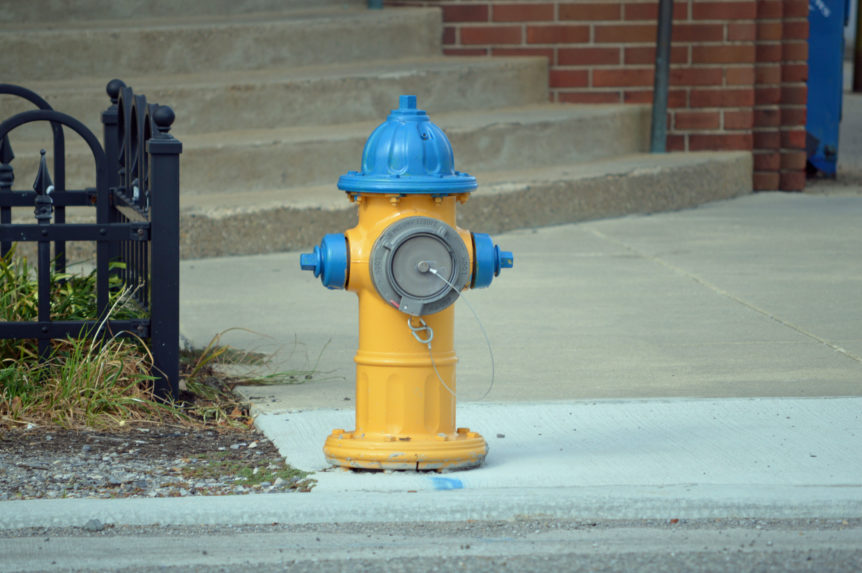Fire hydrants, with their iconic look, are a prominent feature of nearly every curb in the world. In the U.S. alone, there are 7.5 million. In most places, their mere presence is a legal requirement.
This is for good reason. The much-needed, high-pressure streams of water they can generate in almost any given urban location is more than useful for efficiently putting out fires. They’re essential.
How Do Fire Hydrants Work?
In some lines of thought, a fire hydrant is similar to the average kitchen faucet. Just like how an open faucet retrieves water from the water line beneath your home, a fire hydrant is the point of expulsion from the city’s main potable water supply line. Fire hydrants are basically large valves.
Each device has 4 essential components: the valve seat, valve stem, pumper nozzles, and an operating nut that opens and closes the valves.
In the instance of a fire, a city’s local fire department arrives on scene with a firetruck and parks it next to the closest hydrant to the site of the blaze. Using a special pentagonal wrench, a fireman first removes the pumper nozzle caps on the exterior of the hydrant. He then attaches a firehose and uses the same wrench to turn the operating nut (also on the exterior of the hydrant). By turning this nut, the hydrant valve opens and pressurized water escapes through the firehose.
It’s important to note that the amount of water provided by the hydrant depends on the size of the supply pipe. In addition, the pressure of the water is entirely dependent upon the network of underground piping supplied by your local municipality or water purveyor.
In order to maximize all the water available to you, the valve needs to be opened all the way. If a fire hydrant isn’t providing adequate pressure, it may need to be repaired.
Dry Barrel vs. Wet Barrel Hydrants
The 2 main types of fire hydrants are wet barrel fire hydrants and dry barrel fire hydrants. The difference between them is entirely based on the location of the main valve.
Wet barrel fire hydrant mechanical parts are located above the ground. Outlet valves and nozzles found here work independently. That way, firefighters can add and remove hoses without shutting down the entire fire hydrant. This is a convenient aspect of a wet barrel, but it also makes the system susceptible to frost.
Dry barrel fire hydrants are usually found in warm climates. In this system, the main water valve is located below the ground to prevent the water from freezing in the winter. The name derives from the fact that the interior of the hydrant drains after the hydrant is closed.
Why Are Fire Hydrants Important?
Fire hydrants are vital for suppressing fires because they can expel an incredible amount of water in a very short amount of time. Your average firetruck holds just 1,000 gallons of water, but a fire hydrant can output up to 1,500 gallons of water per minute.
This means that a fire hydrant can fill the average backyard swimming pool in less than 10 minutes. It also means that they hold the potential to easily extinguish building fires.
Need Your Fire Hydrant to Be Serviced?
Hopefully this article has taught you about the function and importance of fire hydrants. If you are a property manager or owner, be advised that this information could be vitally important to you.
If you need your fire safety equipment to be serviced at your office or apartment building, be sure to contact us. We are professionals that can make sure everything is up to code. With us, your property is in safe hands.

